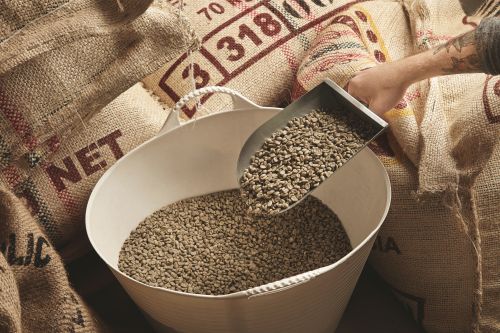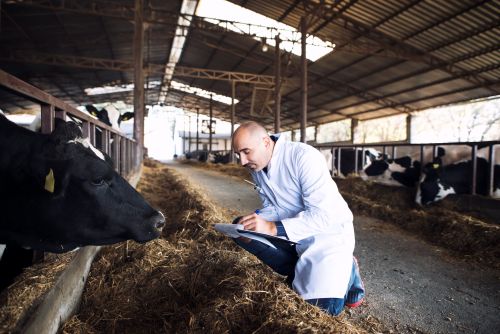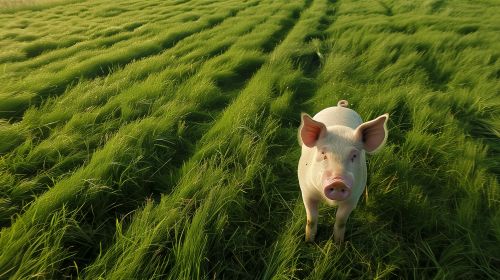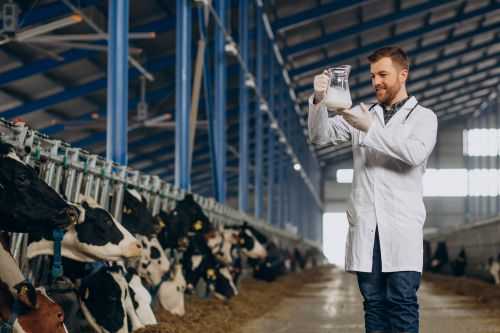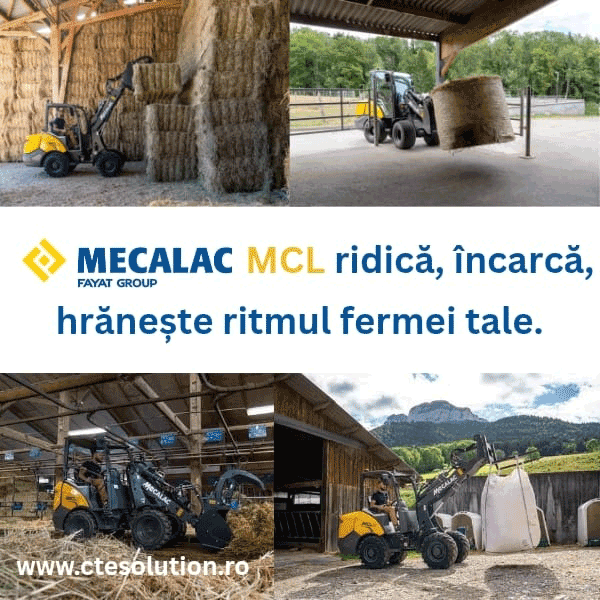
At the Agritechnica 2023 fair in Hanover, one of the most interesting conferences focused on intelligent spraying, the specific and precisely targeted application of crop protection products, which will be a crucial pillar of future agricultural technology.
Intelligent spraying is becoming increasingly attractive
This will allow significant reductions in the quantities of crop protection products applied without compromising the efficiency or quantity and quality of crops. The impact on the environment will be reduced, making spraying more efficient and crops healthier.
Smart spraying technologies continue to evolve, and technologies considered visionary just a few years ago have already proven ready for practical application. Today, high-tech sprayers are often considerably more expensive than conventional ones, but intelligent spraying is rapidly gaining ground.
There are various reasons for the growing attractiveness of these technologies. A significant advantage is cost efficiency due to savings on crop protection inputs. Not only is consumption reduced, but the effectiveness of crop protection measures also increases.
The lower consumption of crop protection chemicals brings farmers closer to the goal of the European Commission to halve the use of these products by 2030.
As crop protection products are applied in a targeted and precise manner, fewer chemical substances are released into the environment, with only affected areas being sprayed.
Ultimately, smart spraying protects crops and strengthens their vitality. With fungicides and insecticides, there are fewer overlapping areas on promontories, while with liquid fertilizers, more precise application reduces crop "burning."
Pulse width modulation as a key activation technology
Variable rate technology (VRT) allows intelligent spraying systems to automatically adjust the application rate of crop protection products based on the level of infestation or weed density in a specific area. This results in the optimized distribution of chemicals across the entire field.
Many intelligent spraying applications use pulse width modulation (PWM) to control the electric valves of the crop protection sprayer arm's nozzles, which are turned on and off up to 50 times per second. Each nozzle has the same spray pressure and droplet spectrum, so PWM adjusts the application rate, such as changing the nozzle size during spraying.
Due to the short opening times at a constant frequency, the flow rate can be precisely and individually controlled for each nozzle. This is an advantage not only for precise application but also in turns, where PWM maintains constant quantities inside and outside the turn and prevents overdosing and underdosing.
Direct feeding
Direct feeding, where the crop protection agent is added to water just before reaching the spray nozzle, is another interesting technology for targeted, environmentally friendly application of crop protection agents.
Its advantages are compelling: the tank does not need cleaning, and there are no mixed waste quantities. Additionally, with the right technical equipment, different crop protection products can be applied in specific areas, as needed.
First-generation direct feed systems failed to gain acceptance due to demanding cleaning and delays in long spray lines. But new solutions promise to solve these problems and allow flexible, on-demand application of crop protection agents.
On-demand spraying
Through specific or precision application, the use of herbicides and liquid fertilizers can be significantly reduced. The crop is protected and indeed strengthened, as the application dose is based only on actual needs.
Moreover, there are environmental benefits, as weed-free and disease-free areas are not treated. The spraying pattern can be determined in advance using satellite or drone images to generate treatment maps, or dynamically on the field in real-time using high-resolution cameras, image recognition, and artificial intelligence (AI).
Create application maps with drones
Many field sprayers can already use application maps, increasing the dose to control weed nests, for example. However, satellite-based application maps are often too coarse for this, making crop protection measures difficult or impossible.
The answer to this is low-flying drones equipped with high-resolution hyperspectral cameras optimized for weed detection. The images are evaluated, and an application map is created that shows the field sprayer where to start and stop.
Multispectral camera systems can also identify plant diseases, but, since drone flight and image evaluation are additional workflow steps, this can make timely crop protection more difficult.
Specific-location liquid fertilizer application can also benefit from predetermined and dynamic mapping methods, with application determined by production maps or in real-time using nitrogen sensors.
Real-time weed detection
Where the spraying map is generated by a service provider, the drone images, satellite data, and tractor records must be transferred to the internet and processed in the "cloud," requiring time.
However, if the spraying system itself has sufficient processing capacity, new options are presented. High-resolution cameras and sensors can be analyzed by artificial intelligence-based algorithms on powerful onboard computers, allowing, for example, real-time weed detection as the sprayer passes over them, which are then treated directly.
This high precision in detecting and treating individual plants allows a significant reduction in herbicide use.
While any smartphone can already distinguish between individual weeds and crop plants, doing the same thing in a field in real-time imposes high demands on processing systems, which only increase with the speed of movement.
Intelligent algorithms can already detect almost any weed, even if it has just sprouted, but they are treated only when a predefined number of weeds per unit area is exceeded, and the estimated cost of yield losses exceeds the treatment cost.
A significant challenge remains, however, unlike weeds and cereal plants, where some development work is still needed.
Focus on low-vibration spraying arms
Weed detection sensors are mounted on the spraying arm, which, to maximize weed detection performance and maintain a constant distance between the spray nozzle and the ground, must be positioned smoothly and accurately.
This requires active arm guidance and vibration damping to ensure a smooth arm position in challenging terrain conditions and at high travel speeds, despite the increasing working width.
Oscillations must be avoided not only vertically but also horizontally, i.e., in or against the direction of travel, as this has a particularly strong impact on the precision of distribution.
Further development of arm technology will play a central role in further reducing application rates while maintaining precision and reliability.
Agritechnica 2023: Showcase for the latest intelligent spraying technology
Crop protection technology is becoming increasingly important, not only due to the impact of ever greater precision but to pinpoint precision.
This is because spraying must be even more targeted in the face of rising costs, growing political limitations, and social resistance to the general use of crop protection.
In the foreseeable future, intelligent spraying technologies will be used in practice to keep the treated area to a minimum and to apply crop protection products only where needed.
